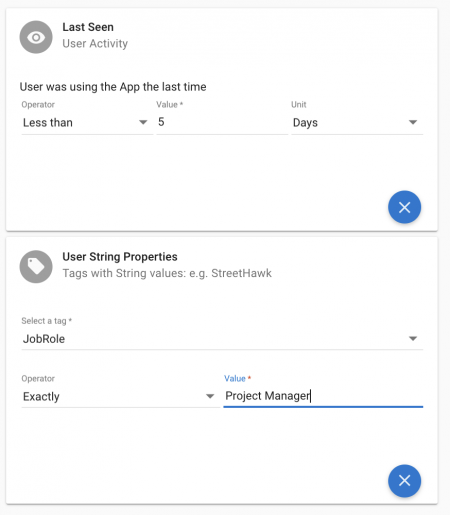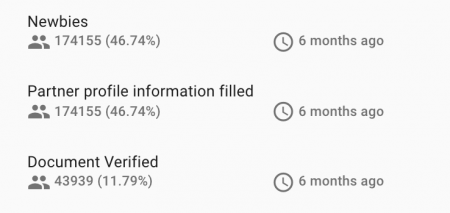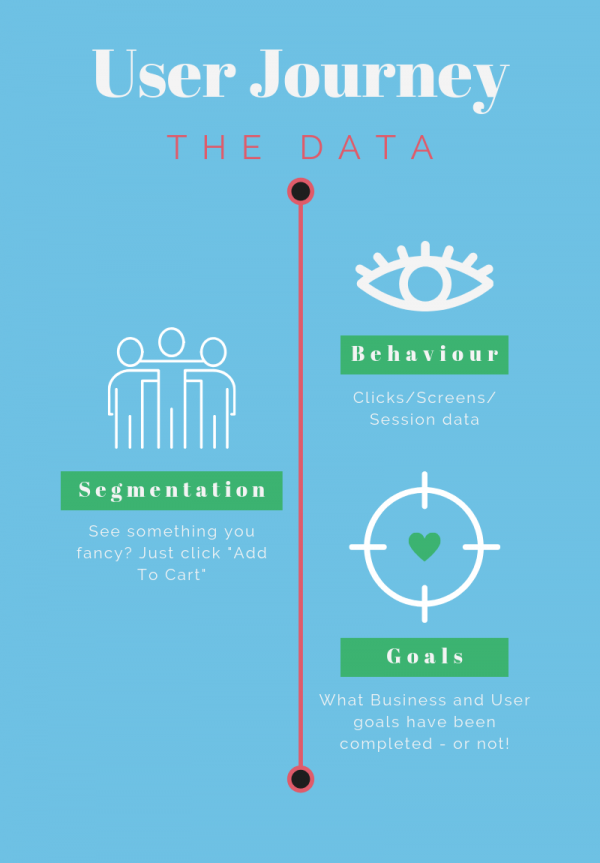Introduction
In a world grappling with economic uncertainties and slowdowns, mobile consumer spending has emerged as a surprising beacon of hope. Despite the ominous signs of a global economic slowdown, the mobile industry has been thriving, hitting a remarkable milestone of $100 billion in early Q3 2023. This phenomenon is a testament to the resilience and adaptability of the mobile ecosystem. For emerging mobile software developers, this presents a golden opportunity to thrive and make their mark in a competitive landscape. However, in order to capitalize on this potential, developers must prioritize effective user analytics, user onboarding, and user engagement tools. In this blog post, we will delve into the impressive figures and explore the reasons behind this remarkable performance in contrast to the broader economic trends. We will also l delve into the significance of these elements and how they can empower emerging developers to not only compete but excel in the mobile spending boom.
The Milestone Achievement
The mobile industry reached a significant milestone early in Q3 2023 when it surpassed $100 billion in consumer spending. This monumental achievement was reported in an article by Business of Apps on September 29th, 2023 (“Mobile Spending Hits $100 Billion Milestone Early in Q3”). While this news might come as a surprise given the global economic slowdown, it paints a fascinating picture of consumer behavior and trends.
Global Economic Slowdown
Before we dive deeper into the mobile spending phenomenon, let’s briefly touch upon the backdrop of the global economic slowdown. An article by Reuters on September 5th, 2023, reported signs of a global economic slowdown, citing data from the August PMIs (“Global Economy: Global Business Activity Showed Signs of Slowdown in August PMIs”). This slowdown, attributed to various factors including supply chain disruptions and the ongoing pandemic, had raised concerns about consumer spending in various sectors.
The Resilience of Mobile Consumer Spending
Mobile consumer spending has proven to be remarkably resilient in the face of these economic challenges. There are several key reasons why the mobile industry has not only weathered the storm but also thrived during this period:
Digital Transformation: The pandemic accelerated the process of digital transformation across industries. With remote work, online education, and e-commerce becoming the norm, consumers increasingly relied on their mobile devices for various activities. This surge in digital dependence naturally led to higher mobile spending on apps, subscriptions, and in-app purchases.
Entertainment and Gaming: Mobile gaming and entertainment apps witnessed a surge in popularity during the pandemic. With more people seeking entertainment options from the safety of their homes, mobile games, streaming platforms, and digital content providers saw a significant increase in user engagement and revenue.
App Monetization: App developers have become more adept at monetizing their offerings through various strategies, including in-app advertising, freemium models, and premium subscriptions. These monetization tactics have contributed to the sustained growth in mobile consumer spending.
Mobile Commerce: E-commerce has experienced a massive shift towards mobile platforms. Consumers now shop for everything from groceries to electronics using mobile apps, contributing to a surge in mobile commerce spending.
Consumer Behavior: The pandemic reshaped consumer behavior, with people increasingly turning to mobile devices for convenience, entertainment, and social interaction. This shift in behavior has become a permanent feature of the post-pandemic world, sustaining mobile spending levels.
Innovation and New Features: Mobile app developers continuously introduce innovative features and improvements, enticing users to spend more on their platforms. The constant evolution of mobile apps keeps consumers engaged and willing to spend.
The Role of In-App Purchases
One significant contributor to the robust mobile spending figures is the prevalence of in-app purchases. Many apps, especially in the gaming and entertainment categories, offer in-game purchases, virtual items, or premium content. These microtransactions add up quickly, encouraging users to spend more within the app ecosystem. The ease of making in-app purchases through mobile devices further drives this trend.
The Role of Analytics and User Onboarding and Product Adoption.
The mobile consumer spending’s remarkable performance in Q3 2023, despite the global economic slowdown, is a testament to the adaptability and resilience of the mobile industry. However for aspiring app developers success hinges on more than just creating a great app; it requires a deep understanding of user behavior, effective onboarding, and ongoing user engagement.
- Effective User Analytics:
User analytics is the foundation upon which successful mobile apps are built. For emerging developers, understanding their users’ behavior and preferences is crucial for creating apps that resonate and drive mobile spending. Here’s why effective user analytics is paramount:
- Data-Driven Decision Making: User analytics provides developers with invaluable insights into user behavior, allowing them to make data-driven decisions. It helps in identifying what features users engage with the most, where they drop off, and what drives them to make purchases.
- Continuous Improvement: With analytics, developers can continually refine their apps based on user feedback and usage patterns. This iterative process leads to a better user experience, increased engagement, and ultimately higher spending.
- Targeted Marketing: By analyzing user data, developers can segment their audience and create highly targeted marketing campaigns. This ensures that promotional efforts are directed at users who are most likely to make in-app purchases.
- User Onboarding:
Contextual User onboarding is the first impression users have of an app. It sets the tone for the entire user experience and can greatly influence whether users decide to stick around and spend money within the app. Here’s why user onboarding is vital:
- First Impressions Matter: A well-designed onboarding process introduces users to the app’s core features and benefits. It helps users understand the app’s value proposition and encourages them to explore further.
- Reduced Churn: Effective onboarding reduces the likelihood of users abandoning the app shortly after installation. A smooth onboarding experience can significantly decrease user churn rates.
- Education and Engagement: Onboarding is an opportunity to educate users on how to use the app effectively. It can guide users through key features, prompting them to take actions that lead to spending, such as signing up for an account or making an initial purchase.
- User Engagement:
User engagement is the lifeblood of mobile apps. Engaged users are more likely to spend money and become loyal customers. Here’s why user engagement tools are indispensable:
- Retain and Grow: Engaging users with regular updates, personalized recommendations, and interactive features keeps them coming back. Loyal users are more likely to make in-app purchases and spread positive word-of-mouth.
- In-App Notifications: Well-timed and relevant in-app notifications can encourage users to explore new features, participate in promotions, or complete in-app purchases. User engagement tools help developers deliver these notifications effectively.
- Personalization: Personalizing the user experience based on user preferences and behavior can lead to higher spending. Engagement tools enable developers to tailor content, recommendations, and offers to individual users.
Conclusion:
The $100Billion mobile spending boom is a remarkable opportunity for emerging mobile software developers to thrive in a competitive market. However, success hinges on more than just creating a great app; it requires a deep understanding of user behavior, effective onboarding, and ongoing user engagement. By harnessing the power of user analytics, onboarding processes, and engagement tools like Contextual, developers can create apps that not only complete but excel in the mobile spending boom. These elements not only drive user satisfaction but also increase the likelihood of users becoming loyal, high-spending customers, ensuring a bright future for emerging developers in the ever-evolving mobile landscape.
Are you looking to get more users to love your mobile and web apps? Click on the buttons below to get your 14 day free trial or contact us for a demo!















